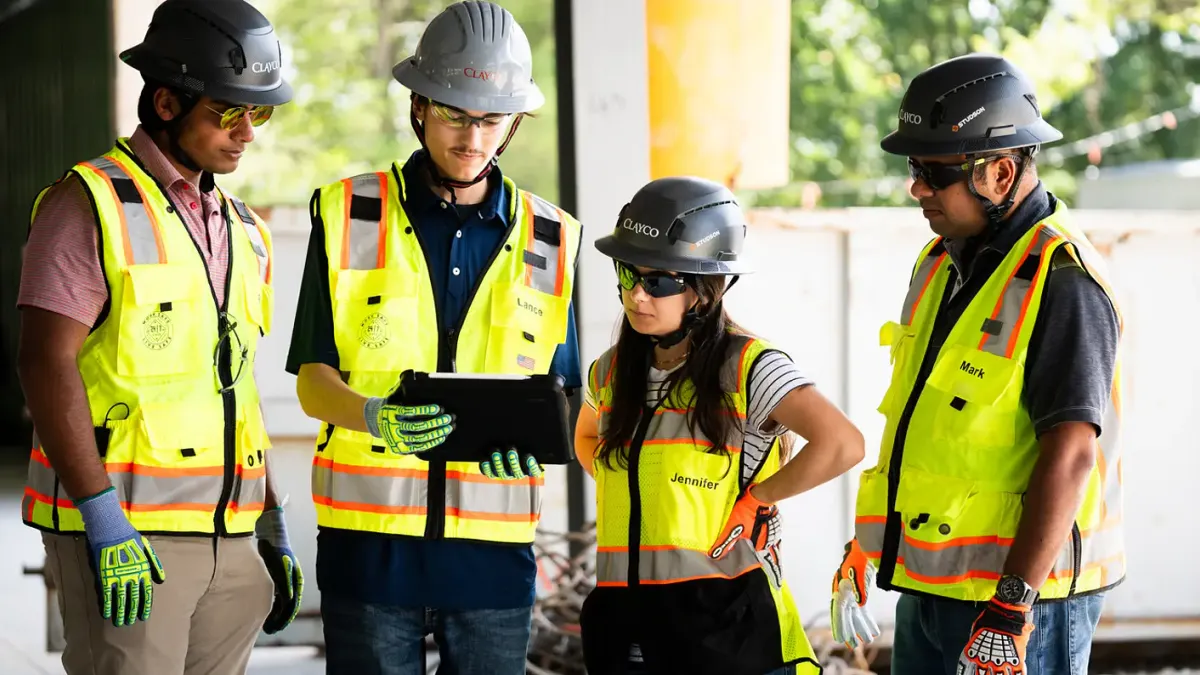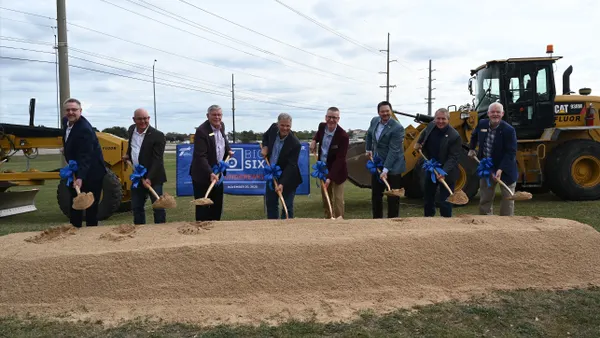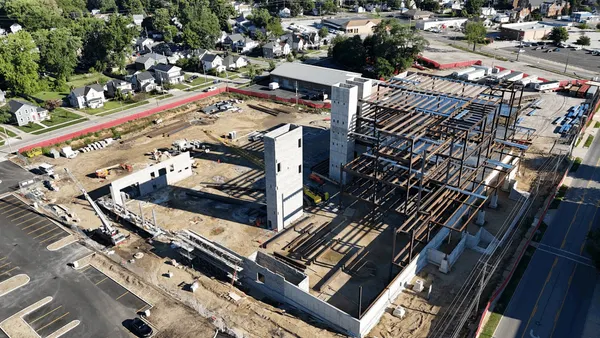Building a new healthcare facility from the ground up is one thing, but carrying out construction work in an active healthcare setting presents an entirely different set of challenges. And these realities can’t be underestimated.
Complex logistics are typical in hospital settings, with layers of operational, regulatory and safety concerns to navigate. On top of that, routines for patients and clinicians must remain consistent, no matter what type of work is under way. Construction should adapt to the needs and priorities of the hospital, and not the other way around.
To balance technical requirements with people-focused decision-making, healthcare construction leaders should lean on these practical strategies.
Early planning is the biggest contributor to success
To set your project up for success, engage construction experts from the start and long before designs are final. Early collaborative planning is a prerequisite if you want the rest of your project to “work.”
Together, you can:
- Review workflows to prevent disruptions to patient areas
- Plan for possible constraints or risks
- Map clear pathways for construction personnel
- Discuss how to sequence work to minimize operational impacts
- Coordinate logistics and infection prevention measures
This dedication to pre-planning ensures efficient construction activity, avoids assumptions, helps control the project schedule and allows the space to be used sooner.
“We also sit down to ask what a perfect project looks like for our healthcare clients,” explains Derek Lemmon, vice president and healthcare team leader at Clune Construction. “This helps us make sure everything is as close to perfect as we can get.”
He likes to pair these conversations with 360-degree scans of existing spaces to walk stakeholders through the environment virtually, showing them where changes will be. By talking through impacts and figuring out solutions together, challenges can be anticipated before they cause delays or affect patient care.
Define ‘Disruption-Free’ for everyone involved
If your facility is focused on delivering quality care and ensuring patient satisfaction, then limiting disruptions during construction should be a priority. This begins by defining what “disruption‑free” means to everyone: administrators, clinicians, patients, facilities managers, etc.
For instance, medical teams may assume “disruption-free” means providing care without workflow changes. Meanwhile, facilities managers may expect predictable schedules and no fluctuations in system performance. Aligning on expectations enables team members to make informed tradeoffs and focuses decisions on protecting care delivery.
Put people first at every step
What happens during construction is about people: patients, families, providers and staff. Before any major decision is made, or any action is taken, healthcare construction leaders should ask: “Who will this impact, and how can we minimize disruption for them?” Communication and empathy are the best strategies to anticipate and address those impacts before they become major problems.
While renovating one of four cath labs, along with the control room serving them, Lemmon says his project team knew the three remaining cath labs would be tight on space. The project team met early and often with hospital technicians, surgeons and nurses to explain the new setup and ensure that staff were ready to adjust.
“We wanted to make sure they knew they’d only have five feet to work in instead of 12, and the PC they were used to using wouldn’t be in the same location. We always make a point to look at it from their perspectives,” says Lemmon. “When construction moves in, their jobs may temporarily be more challenging, but we’re here to deliver something better long-term.”
Sequencing should prioritize infection prevention
Careful sequencing is another critical best practice. By mapping out each step of the project in advance, you can maintain hospital operations while keeping patients and staff safe. Otherwise, unplanned changes and rushed transitions can cause breakdowns or compromise care.
“Right now, we’re renovating an OR that required moving an existing storage space,” explains Lemmon. “Before we touched the OR, we built a new storage space — that’s what we call ‘enabling work’— so the surgical team could keep working without losing access to supplies and equipment.”
To minimize disruption during the project, construction is happening overnight — even though it adds complexity. “If we uncover issues at night, we have to wait until the day shift can review and resolve them before we can keep going,” he explains. “That may be a slower, more tedious process, but it’s necessary to protect the space and keep hospital operations running.”
At every step, sequencing should prioritize infection prevention. This means not only ensuring proper training for the contractors on your site but also communicating operational changes to the staff who will be affected. For example, when temporary layouts or safety protocols dictate that clinicians have to store supplies or move through spaces differently, that must be clearly defined to prevent new risks from emerging. Failing to do so can lead to unintended consequences, such as staff storing sterile supplies in non-sterile environments because didn’t understand new workflow requirements.
Build without disrupting care
In active healthcare settings, construction success comes down to protecting people, workflows and safety.
Start early, define “disruption‑free” for every stakeholder, communicate openly and sequence work with infection prevention at the forefront. When owners, clinical teams and construction companies plan together from the start, projects stay on track, risks drop and patient care continues without compromise.










